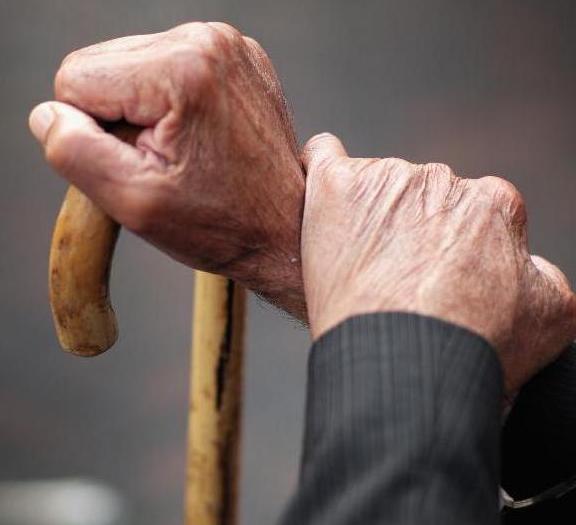Human beings have a natural limit to their lifespan which means it is highly unlikely anyone will ever live for more than 125 years, according to new research.
Researchers at the Albert Einstein College of Medicine believe that not only is there a natural limit to the maximum age humans can reach, but we hit that peak 20 years ago.
It’s important to note that there’s a difference between life expectancy and maximum lifespan. The former is the number of years the average person is expected to live, based on the year of their birth, sex, health and other environmental factors. This number has seen the highest growth over the past century, with babies born in the US in 2014 expected to reach 78.8 years, up from about 47 in 1900.
Maximum lifespan, on the other hand, is the upper limit of how long the oldest humans can possibly live, thanks to what the researchers describe as “an inadvertent byproduct of fixed genetic programs for early life events, such as development, growth and reproduction.”
Jeanne Calment, a French woman who passed away in 1997, is the current record holder for reaching the ripest of old ages, at 122 years. And according to the Einstein researchers, Calment was bumping up against the absolute maximum a human could live, with their estimates putting that full-stop at age 125.
“Demographers as well as biologists have contended there is no reason to think that the ongoing increase in maximum lifespan will end soon,” says senior author Jan Vijg. “But our data strongly suggest that it has already been attained and that this happened in the 1990s.”
To reach that conclusion, the researchers analyzed data from the Human Mortality Database. According to the study, much of the increase in life expectancy over the 20th century was due to reducing early-life mortality, as improvements in medicine led to fewer deaths of infants, children and young people. Late-life mortality also improved markedly, with people between the ages of 80 and 100 seeing the greatest gains in survival rates since 1900. Beyond 100 though, things didn’t change too much, regardless of their year of birth.
“This finding indicates diminishing gains in reducing late-life mortality and a possible limit to human lifespan,” says Vijg.
The researchers then shifted their focus from late-life mortality figures to data on maximum reported age at death (MRAD), using statistics from the International Database on Longevity. Plotting out the annual MRAD of the four countries with the most people aged over 110 – France, Japan, the UK and the US – the team found that between 1968 and 1995, the age at death increased rapidly. In the 20 years since, however, the trend stopped and in fact, decreased slightly.
While the researchers acknowledge that their calculations are based on a fairly small sample size, they “feel that the observed trajectories are compelling and our results strongly suggest that human lifespan has a natural limit.” They put the average maximum lifespan at 115, and approximated the absolute limit at 125.
Plenty of promising research is being done in hopes of expanding human longevity, including caloric restriction, switching on genes that increased the lifespan of worms, using stem cells to reactivate cell regeneration, and clearing out senescent cells. But, as Vijg points out, these kinds of techniques may help to improve life expectancy, but breaking through that upper ceiling is far more challenging.
“Further progress against infectious and chronic diseases may continue boosting average life expectancy, but not maximum lifespan,” says Vijg. “While it’s conceivable that therapeutic breakthroughs might extend human longevity beyond the limits we’ve calculated, such advances would need to overwhelm the many genetic variants that appear to collectively determine the human lifespan. Perhaps resources now being spent to increase lifespan should instead go to lengthening healthspan—the duration of old age spent in good health.”
Laura F. Nixon













